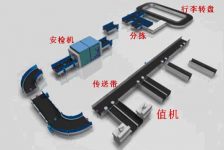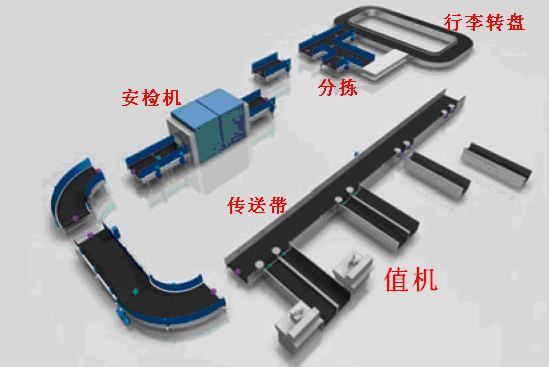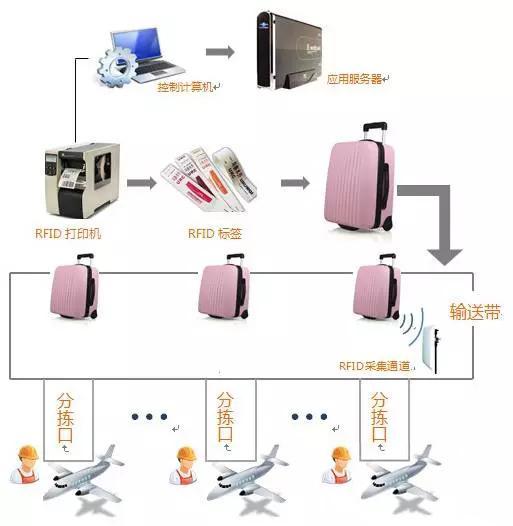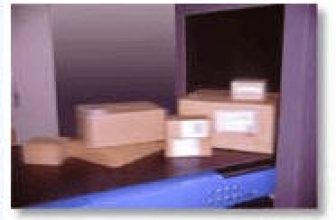
The latest step in using UHF RFID technology on airport luggage!
[ad_1]
The International Air Transport Association (IATA) passed a resolution to support the global deployment of RFID to track checked air baggage. The resolution is to use UHF RFID tags on passenger luggage. IATA organized a vote at the 75th Annual Conference in Seoul, South Korea, in early June. The latest step in using UHF RFID technology on airport luggage!

The transition to RFID is an extensive collaboration between all stakeholders in the entire luggage industry, including airports, airlines, luggage handlers, and technology suppliers. In the next three years, RFID technology will be applied to 80% of air baggage consignments. This means that more and more airports are deploying RFID reader infrastructure.
RFID provides an automated method that is faster and more accurate than barcode scanning. The airport reads the RFID tags applied to the luggage before and after each flight, so that luggage can be identified and tracked without manual intervention. Passive Class 1 Gen 2 UHF RFID is a frequency used by the aviation industry. Passive tags will not interfere with the flight system when luggage passes through the airport or moves in the luggage compartment of the aircraft. By reading RFID tags, the airport will be able to collect and manage analysis data for operational planning.
The current increase in the number of luggage and passengers traveling by plane will add pressure to the existing luggage handling system, so improving the luggage handling business is essential to ensure that the industry is prepared to cope with the expected growth. The airline will strive to transition from bar code luggage tags to RFID inlay tags. Use RFID data to identify improperly handled luggage, and work with airport and ground staff to develop procedures to prevent improper handling. The RFID reader infrastructure will make it convenient for passengers to use the reader to read the tags applied to their luggage when checking their luggage at the airport.

The industry has begun to develop, and some airlines are already planning to deploy RFID technology. Airlines can assess gaps in the collection and exchange of baggage tracking data. Some airports are already developing RFID business cases, conducting pilot projects or promoting deployment. RFID deployment activities are driven by four main pillars: RFID general awareness and education tailored to aviation luggage business, participation and coordination of all key stakeholders, development of tools and materials to support global promotion, and long-term monitoring and deployment. Use RFID technology to improve the accuracy of baggage handling. Believe in the investment in RFID technology and the ability to continuously improve. Constantly experience the results of RFID luggage tags and reliable scanning technology.
With the rapid development of airports and the continuous increase in the number of passengers, how to manage piles of luggage and effectively improve processing efficiency will be an important issue that will soon be faced. Someone gave a vivid analogy to the baggage sorting process: “The baggage system of an airport is like the road traffic planning of a city.” With the continuous increase of passenger and cargo volume at the airport, people have more and more requirements for the service quality of the airport. high. Large airports at home and abroad have also successively used RFID technology to improve airport production, operation and service efficiency.
[ad_2]





